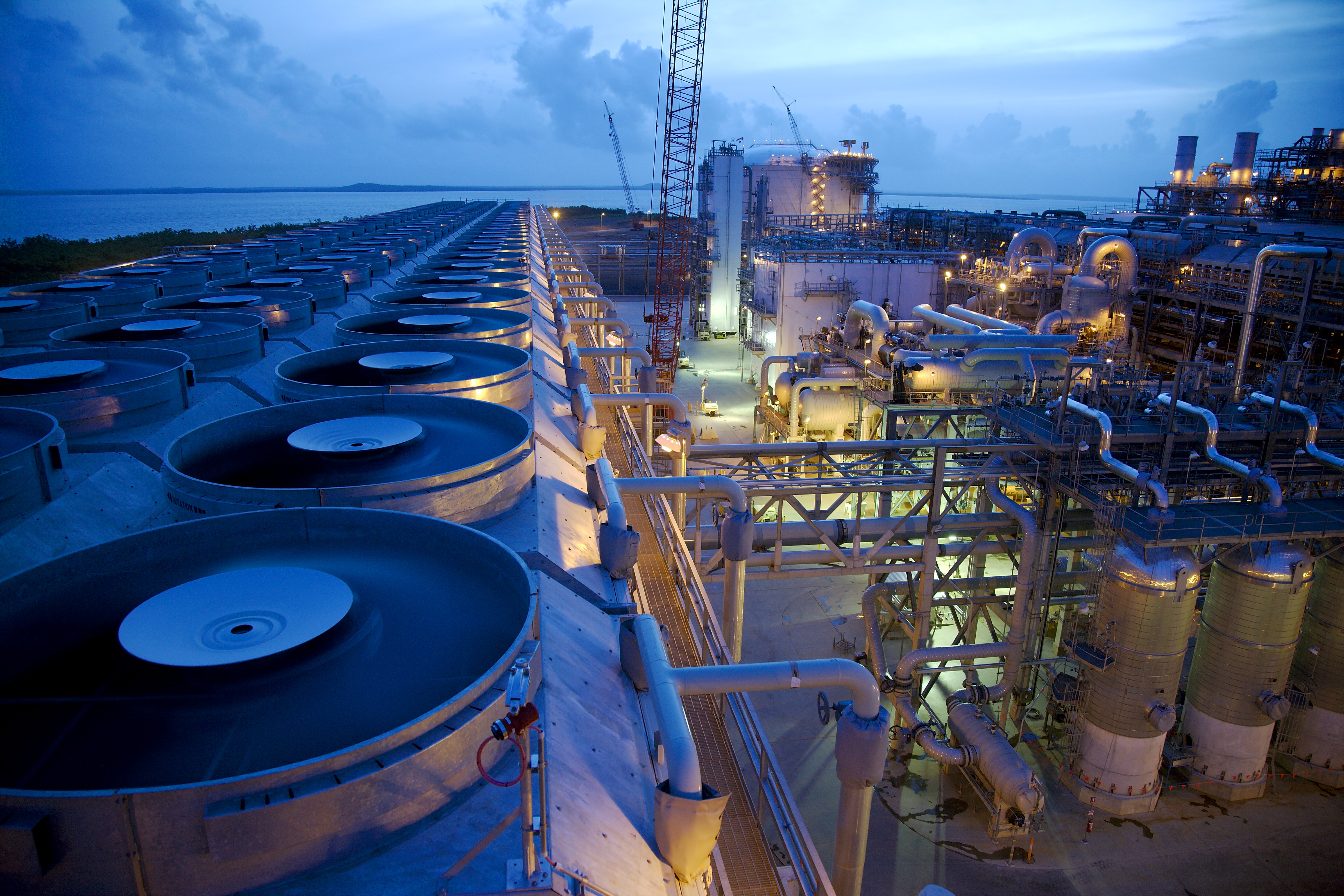Australia Bucks the Global Trend, Goes with Natural Gas Over Renewables: Russell
COMMENTARY
By Clyde Russell
Australia's conservative government appears to be pivoting away from backing coal for future energy needs but hasn't quite made it all the way to renewables, instead waylaying into natural gas.

An advisory board set up by Prime Minister Scott Morrison to map out strategies for economic recovery from the novel coronavirus pandemic has confirmed it supports various subsidies to boost the natural gas sector.
Nev Power, the board's chairman and a former mining executive, told a Senate committee on Aug. 11 that the group was recommending government support for new pipeline and guaranteeing offtake agreements in order to support the expansion of the natural gas sector.
In doing so, Australia becomes just one of a handful of countries proposing to stimulate fossil fuels over renewable energies.
Research by consultancy Eurasia Group identified some $503.2 billion in green stimulus among major economies in response to the coronavirus, but only $199.5 billion in what it termed brown stimulus, which are projects that add to greenhouse gas emissions, such as coal.
Australia was one of the few countries where brown stimulus exceeded green measures, others including Brazil, India and the United States.
China had the largest value of brown stimulus at $85 billion, but it also had $155 billion of green projects planned, according to the Eurasia data.
It may be just coincidence, but a characteristic shared by most of countries pursuing brown stimulus is that their current leadership is right-leaning and somewhat populist in nature, with some also denying climate change.
It's not unusual for governments to play favorites when spending taxpayer money, but what makes Australia's case interesting is that renewable energies can make a compelling case for investment, probably more so than natural gas.
One of the flagship projects touted by supporters or natural gas is the Narribri venture in New South Wales state, planned by Santos, Australia's second-largest oil and gas company.
The project, which could meet up to half of demand in New South Wales, the country's most populous state and home to the biggest city Sydney, is controversial on several levels.
It has attracted opposition from environmentalists opposed to tapping coal seams for natural gas, as well as questions about its economics.
A report prepared by consultants Core Energy, commissioned by the government-mandated energy market authority, said natural gas from Narribri would drive up prices on Australia's populated east coast as the cost of production is more than double that of the cost of existing fields.
Santos has rejected the report and has claimed that Narribri gas will be cheaper for New South Wales customers than alternatives from other states, or imports of liquefied natural gas (LNG).
There is a dearth of precise details as to how the government would support the natural gas sector, with advisory board chairman Power speaking only in general terms in his appearance before the Senate committee.
However, Power, who stood aside for his role as deputy chairman of small gas company Strike Energy when he took on the advisory board role, did acknowledge that his group hadn't really looked at renewable energy projects in detail.
"There were a number of other areas that were looked at, around the advantages of using gas as a firming fuel to assist the introduction of renewables," Power said.
"Australia has a very large pipeline for investment in renewables, but a very small pipeline for investment in shortage and firming, because those technologies are not as well advanced," he told the committee.
Renewable Future?
The Australian Energy Market Operator (AEMO) recently produced a report outlining how the country could transition to a renewable future by 2040, bringing A$11 billion ($7.9 billion) in net benefits.
AEMO, which is hardly a hotbed of green activism, advocated investing in renewable generation to replace ageing coal-fired plants, while also building out dispatchable resources as back-up, including utility-scale pumped hydro, battery storage and fast-responding gas-fired power.
What Australia faces is a series of seemingly contradictory needs.
While the government no longer openly talks about supporting the coal industry and developing new coal-fired plants, it appears to be going all-in on natural gas.
At the same time, the government's energy market operator is envisioning a mainly renewables future.
The natural gas industry believes it's complementary to renewables, but most likely would welcome taxpayer funding to boost its competitiveness and profitability.
And environmentalists have made it clear that after coal, natural gas is next on their hit list.
Ultimately, policymakers should probably focus on some irrefutable truths.
Australia is one of the countries most blessed when it comes to switching to renewables, given its long hours of sunshine, an extensive coast suitable for wind generation and a mineral endowment rich in many of the resources needed for renewables and batteries.
While Australia is also rich in natural gas, it's not cheap to produce compared to global competitors where it is needed on the country's east coast. And where it is relatively cheap to extract on the country's isolated northwest coast, it makes far more sense to liquefy it and sell it to Asian consumers.
Editor's Note: The opinions expressed here are those of the author, a columnist for Reuters.
Related News
Related News

- Kinder Morgan Proposes 290-Mile Gas Pipeline Expansion Spanning Three States
- Enbridge Plans 86-Mile Pipeline Expansion, Bringing 850 Workers to Northern B.C.
- Intensity, Rainbow Energy to Build 344-Mile Gas Pipeline Across North Dakota
- U.S. Moves to Block Enterprise Products’ Exports to China Over Security Risk
- Court Ruling Allows MVP’s $500 Million Southgate Pipeline Extension to Proceed
- U.S. Pipeline Expansion to Add 99 Bcf/d, Mostly for LNG Export, Report Finds
- A Systematic Approach To Ensuring Pipeline Integrity
- 275-Mile Texas-to-Oklahoma Gas Pipeline Enters Open Season
- LNG Canada Start-Up Fails to Lift Gas Prices Amid Supply Glut
- TC Energy’s North Baja Pipeline Expansion Brings Mexico Closer to LNG Exports




Comments